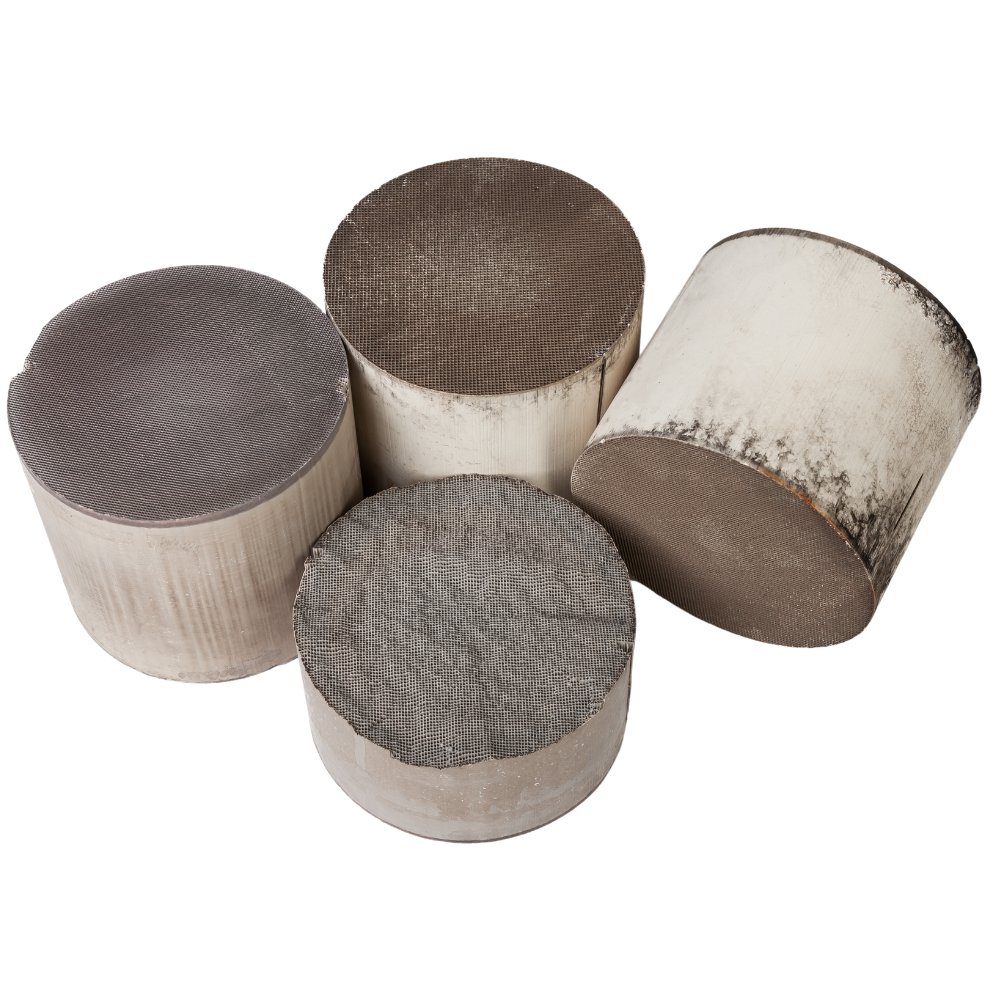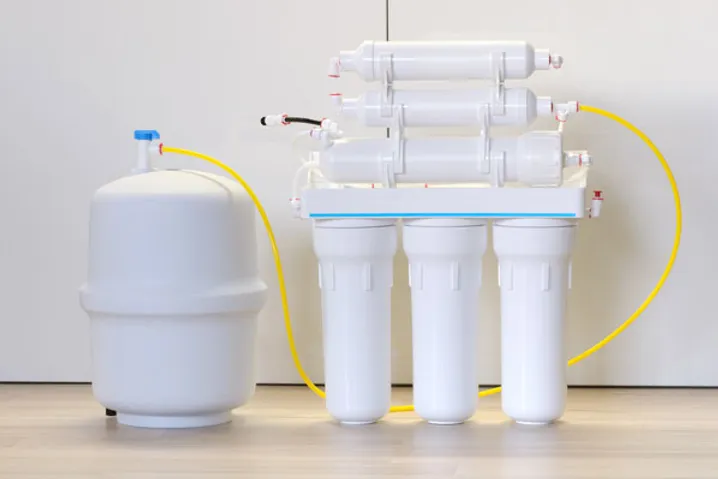Whole House Water Filtration
Whole House Water Treatment
Point of Entry (POE) water treatment usually consists of a whole house (or whole building) filtration and treatment system. Filtration and treatment needs vary, depending on the water quality.
Solutions include one or more of the following:
Cation Exchange Water Softening
Catalytic Carbon Filtration Systems
Electrochemical Water Treatment Systems

Catalytic Carbon Filter
Catalytic carbon is derived from coconuts and catalyzed with iron, giving it the highest oxidation and absorption pores.
Iron particles coated inside and outside the micro-pores of catalytic carbon eliminate the need for ion-exchange and membrane process to remove the following contaminants:
Suspended solids less than or equal to 1 micron
Humic substances (organics)
Tannins and lignin
Color and odor
Hydrogen sulfide (H2S)
Chloramines
Trihalomethanes (THMs)
Phenols and p-nitro phenol
All kinds of dyes
Heavy metals (arsenate, arsenide, chromium, copper, cyanide, fluoride, lead, mercury and selenium)

Cation Resin
Cation Resin is a plastic polymer with a positive ionic charge that holds on to negatively charged calcium and magnesium ions in the water.
Once the filter has met its exchange capacity, it goes through a cleaning process called regeneration. Sodium is extracted from the salt tank and flushed through the filtration system, cleaning the resin bed via an ion exchange process.
Once the resin bed is cleaned, the system goes through a “spot free rinse” to get the salt/sodium out of the filtration system before going back online.
How long does it regeneration take?
The regeneration process takes between 1.5 and 2.5 hours. That’s why the typical system is set the clean itself at 2 am when most people are asleep.
How does the system know when to regenerate?
Based on your water conditions, we program the microprocessor of the filtration system to monitor how many gallons of water have flowed through the system. Cleaning cycles are based on the volume of water flowed through the system and contaminants in the water.
Example
One cubic foot of resin should have approximately a 30,000-grain exchange capacity. If your water was 10 grains per gallon hard, simple division shows that the system can process up to 3,000 gallons before it needs to clean itself. Because the system has a flow meter that counts every gallon of water that flows through the system, once it meets the exchange capacity, a cleaning cycle will be triggered. Older systems operated on a time clock system rather than a meter, making them less efficient.

Whole House Water Filtration & Softening
In-home water treatment provides the final barrier to prevent contaminants or health hazards from being ingested by you, a family member or pet. It can also address the impurities that lend an unattractive taste, smell, or appearance to your drinking water.
The staff at Texas Water House have over 75 years of experience treating water in North Texas, and several members of the company serve on the board of directors for the Texas Water Quality Association (TWQA).
Our main focus is treating the water coming into your home and creating the purest and best quality water you can get - just like it was intended to be by mother nature.



